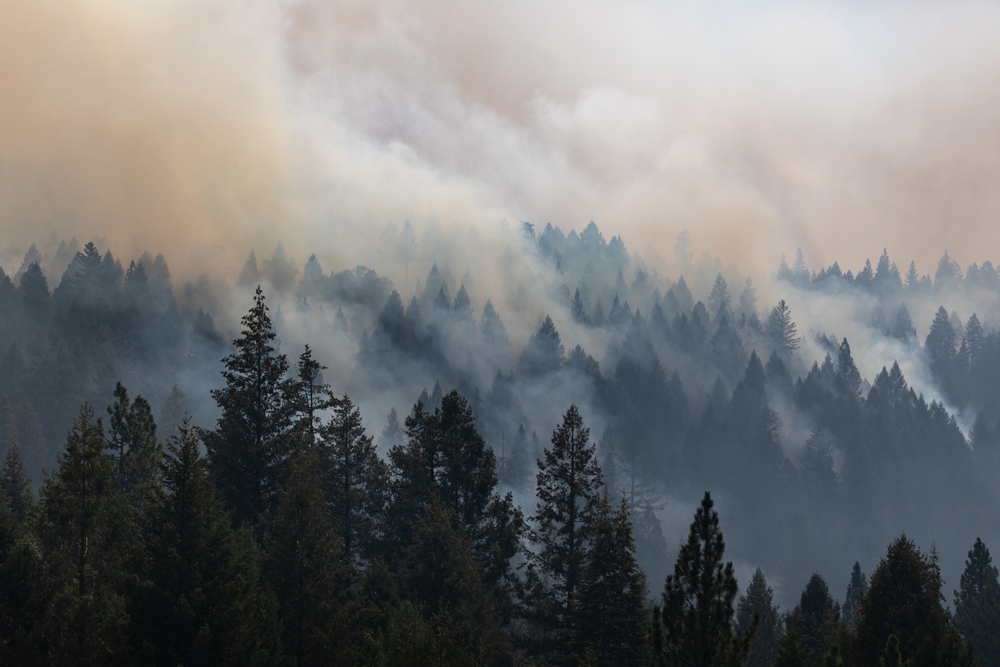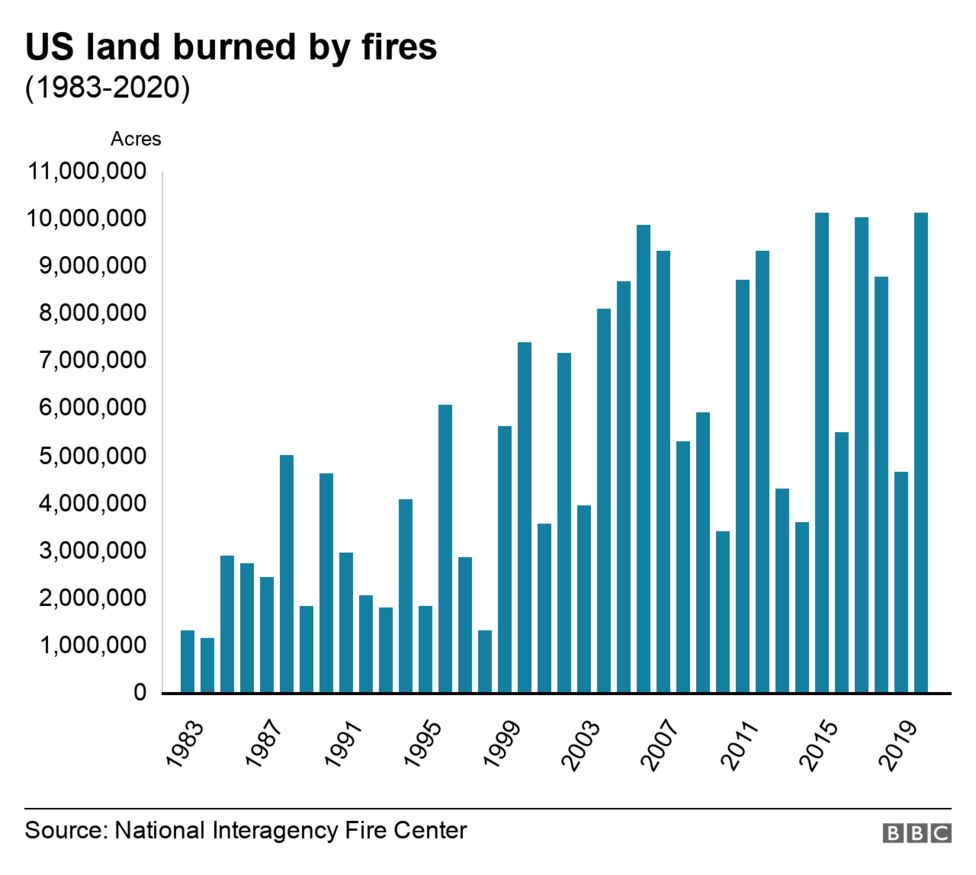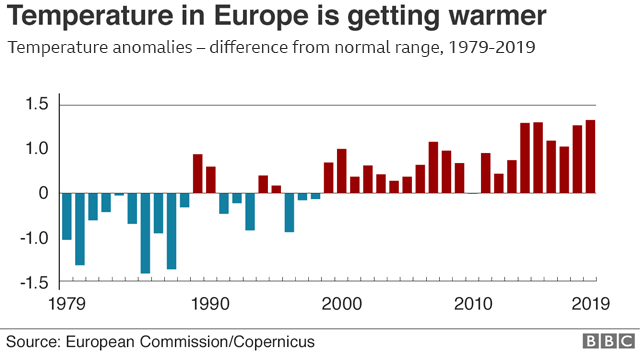2022 – the world's best last chance to limit wildfires

2021 will go down in history with COP26 - the annual summit organized by United Nations and often referred to be the world’s best last chance to get runaway climate change under control. We at Amplicam strongly believe that the year 2022 should be the world’s best last chance to limit wildfires by using modern technologies and significantly reducing CO₂.
Some estimates suggest that wildfires in northern California in 2017 emitted as much CO₂ in a week as all of the cars and trucks in the state do in a year. Some experts say wildfires account for up to 20% of total global greenhouse gas emissions. But the UN's weather agency announced that in Indonesia wildfires in September and October of 2015 released about 11.3 teragrams of CO₂per day. The daily release of CO₂ from fossil fuel burning in the European Union is 8.9 teragrams!
Double effect
The damage to the climate caused by wildfires is double. Firstly, forests that suck in CO₂ are destroyed. Secondly, burning creates CO₂ that pollutes the planet. And even worse, scientists are concerned that some areas are becoming a source rather than a sink for greenhouse gases. And as the planet is warming up, there is an increasing risk that wildfires will ignite or spread even more. This seems to be a never-ending story. As a result, the research found that the number of fires could increase by about 20% or more by the 2040s, and the total burned area could increase by about 25% or even more. So this trend indicated here could continue:
Another interesting aspect when we look at the data is that there are some areas that weren’t previously significantly affected by wildfires, but suddenly summer comes and this territory is struck by wildfires. For example, Turkey. Minor wildfires are registered all over the country each year, but there was a significant increase in 2021. This means that nobody is protected:

Get ready for summer during the winter
This is the right time to get ready for the summer season because in summer the biggest amount of wildfires occurs. Over the past 20 years, researchers found a 1 degree Celsius increase in mean summer temperature. There is an increased risk that a fire might start either through human activity or a lightning strike. And according to the data, the planet is getting warmer every year:

In some areas, it is not only the temperature during the summer that has a bearing on the likelihood of wildfires. Cathy Whitlock, a paleoecologist at Montana State University explores lakes. According to Whitlock, “When the winter is warmer, less snow covers the ground. Snow turns into rain and moisturizes the soil. If there is no snow or a little snow then “you're left with less water in your high elevations as you go into summer.”
Fire agencies have to look for new ways of fighting and preventing fires in this changing environment. They include everything from adopting new technologies such as drones and night-flying helicopters to redoubling efforts to focus on fuel management and community outreach and education.
Also, AmpliCam WildFire Guardian software can play an important role in the toolset. Amplicam deployments prove that this is a highly efficient way to detect wildfires at a very early stage. Evidence shows up to an 80% reduction in burned areas using AmpliCam WildFire Guardian. You can find out more about the new solution in this section of our website here.
